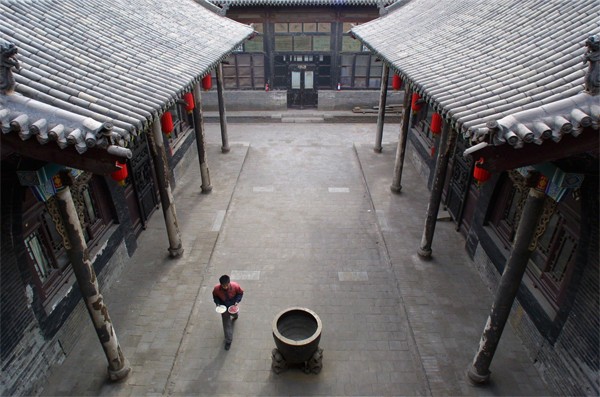The burgeoning tourism development and commercialism in the ancient town of Pingyao in Shanxi Province have led to the gradual disappearance of its cultural characteristics, according to a China.org report.
The 2,700-year-old town, which was added to the UNESCO's World Heritage List in 1997, has seen a rapid rise in tourism development, with the revenue from the industry growing to 5.416 billion yuan in 2013 from 12.5 million yuan in the year it earned the UNESCO distinction.
Traditional dwellings along the town's main street have been demolished to make way for hostels, souvenir shops, eateries and bars, the report said.
"Some businesses may indeed damage the traditional cultural heritage. The government is currently working on the issue of market access, and we should not allow the ancient town to become a cultural hodgepodge," said Hou Shijun, head of the tourism bureau of Pingyao County.
Zhang Peng, an associate professor of architecture at Tongji University in Shanghai, said that the future of a heritage site lies in the collective willingness of all interest groups.
Ancient towns, he said, should determine a development pattern that is in tune with its own characteristics. Their local governments, meanwhile, must regulate all business proceedings in these cultural sites, especially those that are seen to pose threat to the characteristics of the town, Zhang continued.
The local residents of Pingyao, however, often do not feel that they have a say on changes being made to their town, according to the report.
Some of them have also decided to leave the place due to an undeveloped transport system and the substandard living conditions despite the tourism progress in the town.
"It is too humid in the house. There is no big supermarket, school or hospital in the town, and the air is also bad since we still use coal for heating," said Gao Guihong, a local resident.
Ji Taiping, director of Pingyao's urban-rural planning bureau, said that the town's cultural allure began to fade when some residents became emotionally disconnected from their houses and tourists and newcomers started to flock to the heritage site.
In addition, the new residents often do not show concern for the state of the traditional houses, Ji said.
Pingyao has only 400 well-preserved traditional dwellings and other historical structures within its 6.4-kilometer walls, according to county chief Cao Zhisheng.
Officials must start stepping up the campaign for protecting the buildings as well as providing better living conditions for the residents, Cao said.



























